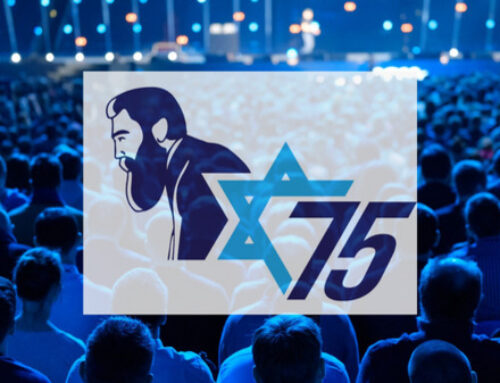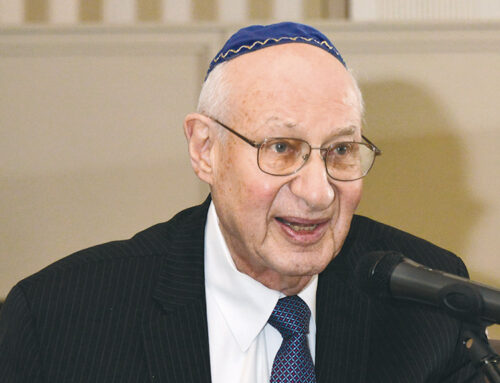Thomas G. Mitchell, Ph.D., an independent scholar, is an occasional contributor to our blog. His newest books are “Likud Leaders” (McFarland, 2015) and “Israel’s Security Men” (McFarland, 2015). Dr. Mitchell’s review (below), embeds Bruce Hoffman’s new book in an ongoing discussion on how important the terror/guerrilla campaigns of the two Revisionist Zionist undergrounds were in the creation of Israel. Hoffman, as well as Tablet reviewer Adam Kirsch, hedge their bets somewhat, but suggest that these terror attacks were crucial; Tom Segev, who reviewed it for the NY Times, is doubtful.
Anonymous Soldiers: The Struggle for Israel 1917-47 By Bruce Hoffman, Alfred A. Knopf, 618 pp. (484 pp. of text), $35 ($25.41 on Amazon).
International terrorism expert Bruce Hoffman has chosen to write a book about the exploits of the Irgun Zvai Leumi (the Irgun or Etzel) and Lehi (Stern Group) in driving the British out of Palestine in the 1940s. Why should Hoffman have spent his time researching and writing this book and why should you spend your time reading it?
First, Palestine is a classic example of a victorious strategy of urban guerrilla warfare, much like Ireland from 1919 to 1921. From the mid-1950s to the early 1970s, Menahem Begin’s memoir of his life as an underground leader, The Revolt, was almost required reading for revolutionary leaders in British colonies and had a major influence with EOKA in Cyprus and the IRA in Northern Ireland.
Second, Hoffman’s book tells the story of the origins of the Israeli-Palestinian conflict, which is still with us today. And possibly most importantly—at least for the readers of this blog—this history supplied the foundation myth for the Herut Party and its successor, the Likud, from 1948 to 1992. Begin’s leadership of the Irgun/Etzel underground allowed him to carry out a hostile takeover of the Revisionist movement against Eri Jabotinsky, the son of Revisionism’s founder Ze’ev Jabotinsky, and other leaders of the Revisionist party.
But this story has been told before, most notably in a very good account by another terrorism expert, J. Bowyer Bell, Terror Out of Zion, published in 1977—just as the Likud was coming to power and starting its Greater Israel settlement project; it was based mainly on interviews that Bell conducted with former Irgun and Lehi members in the mid-1970s in Israel. But Bell largely limited his account to the period from 1937 to 1948 and told it all from a Zionist point of view.
Amazon’s advertising indicates that Hoffman used new sources in Jerusalem, Washington and London. Normally with American and British government documents there is a thirty- or fifty-year secrecy rule. Thus, Bell would only have had some of the British documents he needed to tell the story.
British historian Nicholas Bethell wrote The Palestine Triangle, which appeared in 1979 and covered the period of the Arab Revolt of 1936-39, World War II, and the Hebrew Revolt of 1944-48; it dealt mainly with the diplomacy and interactions among the Zionist leadership in Palestine, with the British and American governments. Hoffman himself wrote about this previously in a book published in Israel in 1983 but limited to the period from 1939 to 1947; David Charters, a Canadian, has also written about the failure of British counterinsurgency strategy in Palestine. And Israeli “new historian” Tom Segev, who reviewed Hoffman’s book for the NY Times, wrote a history of the British Mandate (One Palestine, Complete).
Has Hoffman accessed this material and made good use of it? In the preface he makes clear that he has relied mainly on original documents from Britain’s MI-5 security service dealing with Palestine and the archives of the Palestine Police. He also writes that he’s updated his doctoral dissertation, written in the early 1980s, when relevant documents were still classified and therefore not yet accessible. The book’s bibliography extends to twenty-two closely printed pages of archival sources, personal papers collections of decision makers, primary sources, secondary sources, and online sources.
The three chapters devoted to the Arab Revolt of 1936-39 are particularly good, explaining why it broke out, ran its course, and interacted with the newly created Irgun, which adopted a strategy of terrorism to suppress Arab terrorism. Soon a situation was created like that in Northern Ireland three decades later: the British attempted to stay neutral but were committed to one side by the Balfour Declaration and terms of the Palestine mandate. Britain then suppressed the Arab Revolt through a combination of aggressive military patrolling, collective punishment of Arab guerrilla strongholds and political appeasement with the May 1939 White Paper. This appeasement then in turn provoked the Revisionist undergrounds to Revolt less than five years later.
The next section is devoted to telling the story of the split in the Etzel, which produced Lehi, Lehi’s premature revolt in the winter of 1942 that resulted in the death of its founder, Avraham Stern, and the rebuilding of the Etzel after Menahem Begin’s arrival in Palestine from Poland via the Soviet Gulag in 1942, and the rebuilding of Lehi in 1942-44 under the leadership of Yitzhak Shamir and Natan Yellin-Mor. This section ends with the assassination of Lord Moyne, the senior British official for the Middle East, in Cairo in November 1944 and the subsequent repression of the Etzel. but not Lehi, by the Hagana and Palmakh. The real heart of the story is the period from May 1945 to September 1947 when the two Revisionist undergrounds conducted parallel insurgencies against the British.
Hoffman’s basic argument is that Begin and the Etzel had an effective political strategy for carrying out its revolt by provoking the British into repression against the Jewish Yishuv in Palestine. By omission, Hoffman implies that Lehi lacked such a strategy and at best followed the lead of the Etzel, eventually by engaging in sabotage raids and armed assaults.
This book will probably be the last word on the British failure in Palestine and the anti-British revolt of the Etzel and Lehi. But for those interested in understanding the undergrounds’ role in the Israeli-Palestinian conflict, I suggest relying on Bell’s 1977 Terror Out of Zion. Bell writes of the period after Hoffman’s book ends, including: the massacre at Deir Yassin in April 1948, the Altalena incident in June 1948 when Begin tried to import arms for his forces in Jerusalem, the failed Jewish attacks in Jerusalem in July 1948, and the assassination of UN mediator Count Folke Bernadotte of Sweden in September 1948.




Leave A Comment